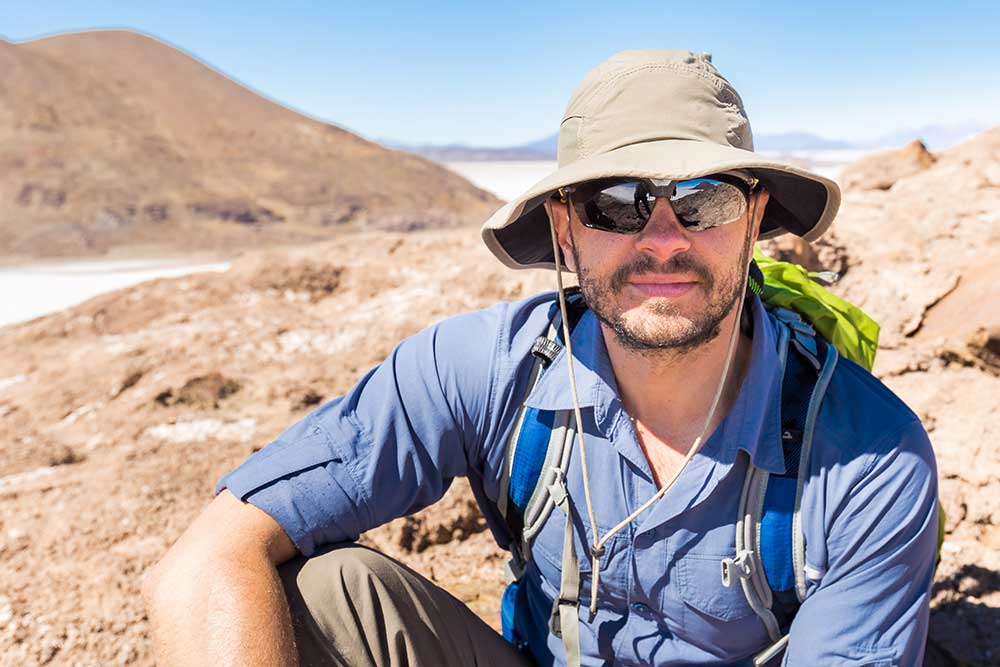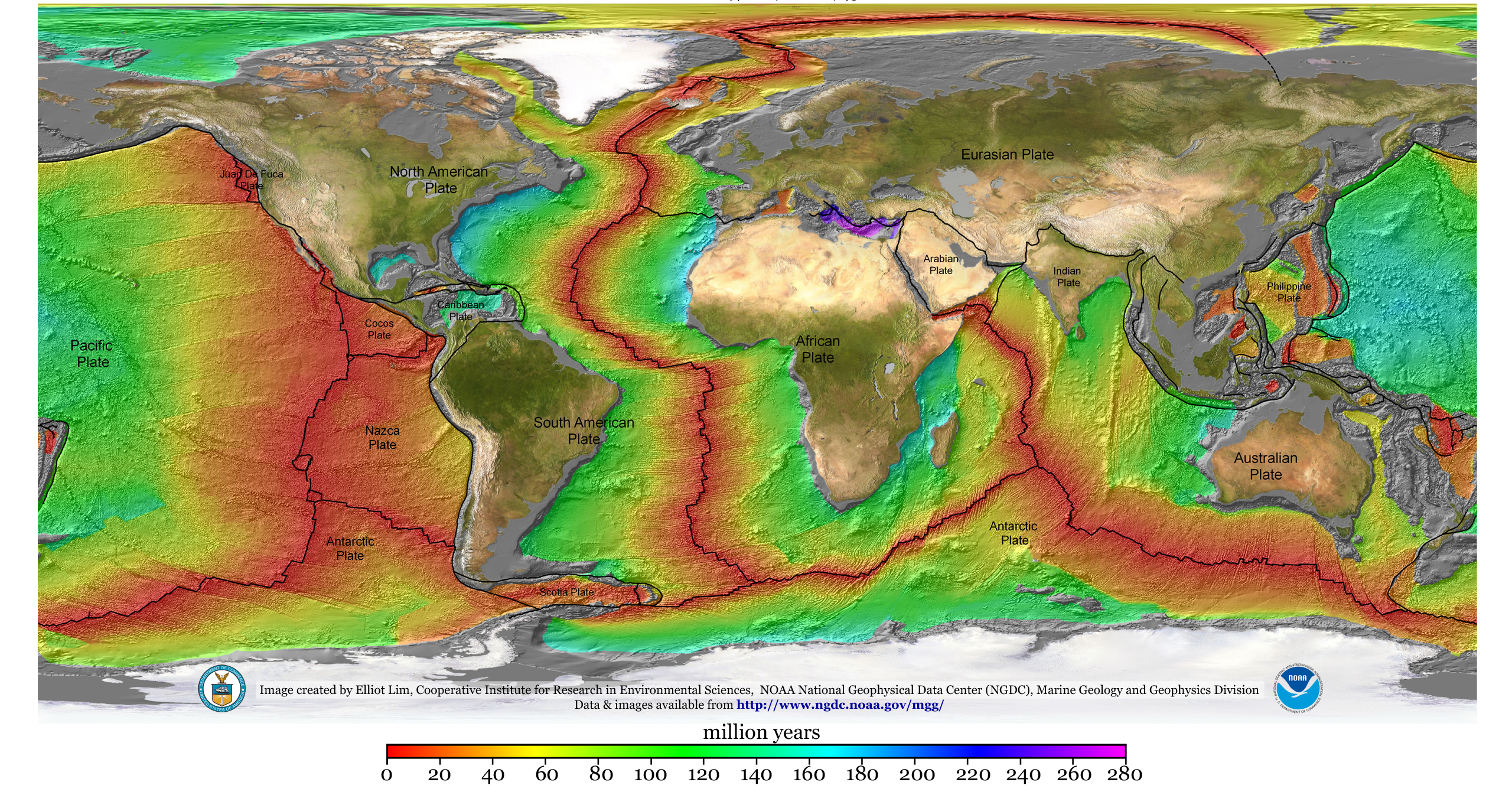All Categories
Featured
Table of Contents
Geophysical Survey Services in Balga Western Australia 2022

(PREM)., and the limits between layers of the mantle are constant with phase transitions.

This makes plate tectonics possible. Schematic of Earth's magnetosphere. The solar wind Circulations from left to. If a planet's magnetic field is strong enough, its interaction with the solar wind forms a magnetosphere. Early area probes drawn up the gross measurements of the Earth's electromagnetic field, which extends about 10 Earth radii towards the Sun.
Inside the magnetosphere, there are reasonably dense areas of solar wind particles called the Van Allen radiation belts. Geophysical measurements are typically at a particular time and location. Accurate measurements of position, together with earth deformation and gravity, are the province of geodesy. While geodesy and geophysics are different fields, the 2 are so carefully connected that numerous scientific companies such as the American Geophysical Union, the Canadian Geophysical Union and the International Union of Geodesy and Geophysics include both.
Geophysical Surveys & Mapping - Ecs Limited in Doubleview Aus 2023
, combines astronomical collaborates and the regional gravity vector to get geodetic coordinates. This technique only offers the position in 2 collaborates and is more tough to utilize than GPS.
Relative positions of two or more points can be identified using very-long-baseline interferometry. Gravity measurements ended up being part of geodesy due to the fact that they were required to related measurements at the surface area of the Earth to the reference coordinate system. Gravity measurements on land can be made utilizing gravimeters released either on the surface or in helicopter flyovers.
Sea level can likewise be measured by satellites utilizing radar altimetry, adding to a more accurate geoid. In 2002, NASA introduced the Gravity Healing and Climate Experiment (GRACE), wherein two twin satellites map variations in Earth's gravity field by making measurements of the range in between the two satellites utilizing GPS and a microwave varying system. , which are studied through geophysics and space physics.
Geophysical Services in Wexcombe WA 2022

Because geophysics is interested in the shape of the Earth, and by extension the mapping of functions around and in the world, geophysical measurements consist of high precision GPS measurements. These measurements are processed to increase their precision through differential GPS processing. When the geophysical measurements have actually been processed and inverted, the translated results are outlined utilizing GIS.
Many geophysics business have actually designed in-house geophysics programs that pre-date Arc, GIS and Geo, Soft in order to satisfy the visualization requirements of a geophysical dataset. Exploration geophysics is used geophysics that frequently utilizes remote picking up platforms such as; satellites, airplane, ships, boats, rovers, drones, borehole noticing equipment, and seismic receivers.
For example, aeromagnetic information (airplane gathered magnetic information) collected utilizing traditional fixed-wing aircraft platforms should be remedied for electromagnetic eddy currents that are created as the aircraft moves through Earth's magnetic field. There are also corrections related to modifications in determined potential field strength as the Earth turns, as the Earth orbits the Sun, and as the moon orbits the Earth.
Field Geophysicist - Parsons Careers – Engineered Systems in Hocking Oz 2020
Signal processing involves the correction of time-series information for unwanted sound or mistakes introduced by the measurement platform, such as airplane vibrations in gravity information. It likewise includes the decrease of sources of sound, such as diurnal corrections in magnetic data. In seismic information, electro-magnetic information, and gravity data, processing continues after error corrections to include computational geophysics which result in the last analysis of the geophysical data into a geological interpretation of the geophysical measurements Geophysics became a separate discipline only in the 19th century, from the crossway of physical location, geology, astronomy, meteorology, and physics.
The magnetic compass existed in China back as far as the fourth century BC. It was not until good steel needles might be created that compasses were used for navigation at sea; before that, they might not retain their magnetism long enough to be useful.
By taking a look at which of 8 toads had the ball, one could identify the instructions of the earthquake. It was 1571 years prior to the very first style for a seismoscope was published in Europe, by Jean de la Hautefeuille. It was never developed. Among the publications that marked the start of modern science was William Gilbert's (1600 ), a report of a series of careful experiments in magnetism.
Geophysical And Geotechnical Assessment in Carmel Australia 2022
Geochemistry, Geophysics, Geosystems. National Aeronautics and Area Administration. Recovered 13 November 2018.
Runcorn, S.K, (editor-in-chief), 1967, International dictionary of geophysics:. Pergamon, Oxford, 2 volumes, 1,728 pp., 730 fig Geophysics, 1970, Encyclopaedia Britannica, Vol. Introduction to seismology (2nd ed.).
Latest Posts
What Should I Do To Be A Geophysicist? in Subiaco WA 2022
Geophysicist - Jobs And Skills Wa in Midland Western Australia 2023
Career Guide: Geophysicist in Tapping Aus 2022